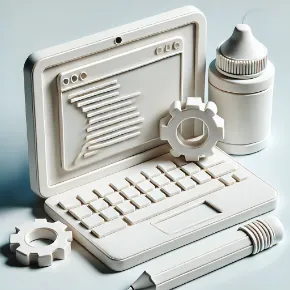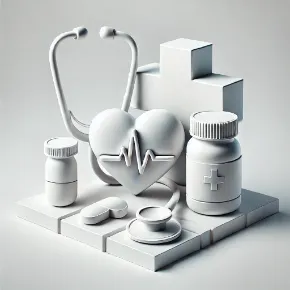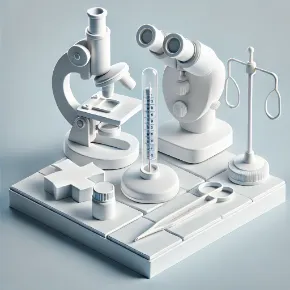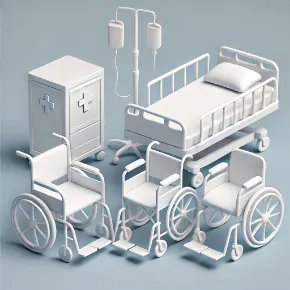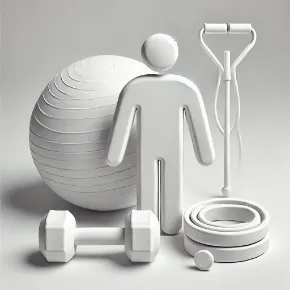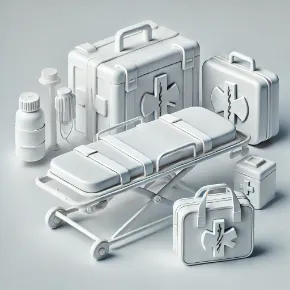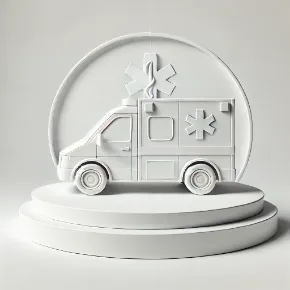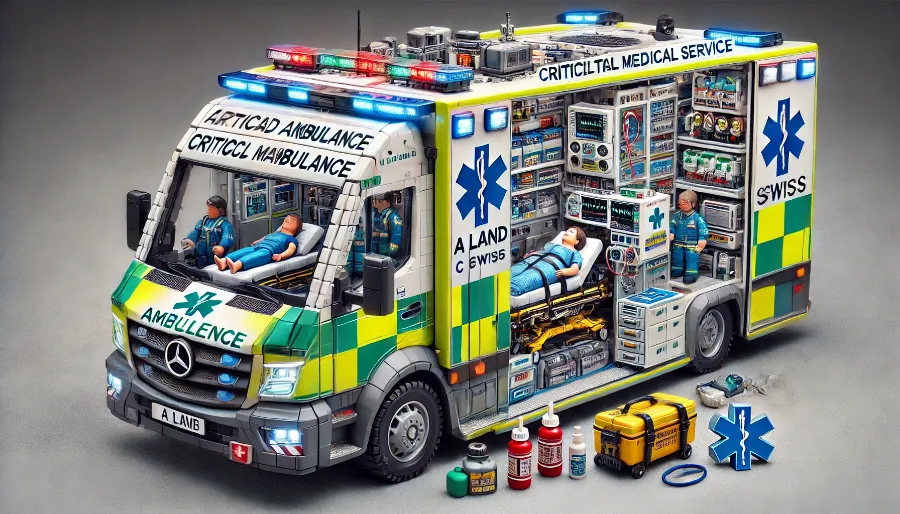
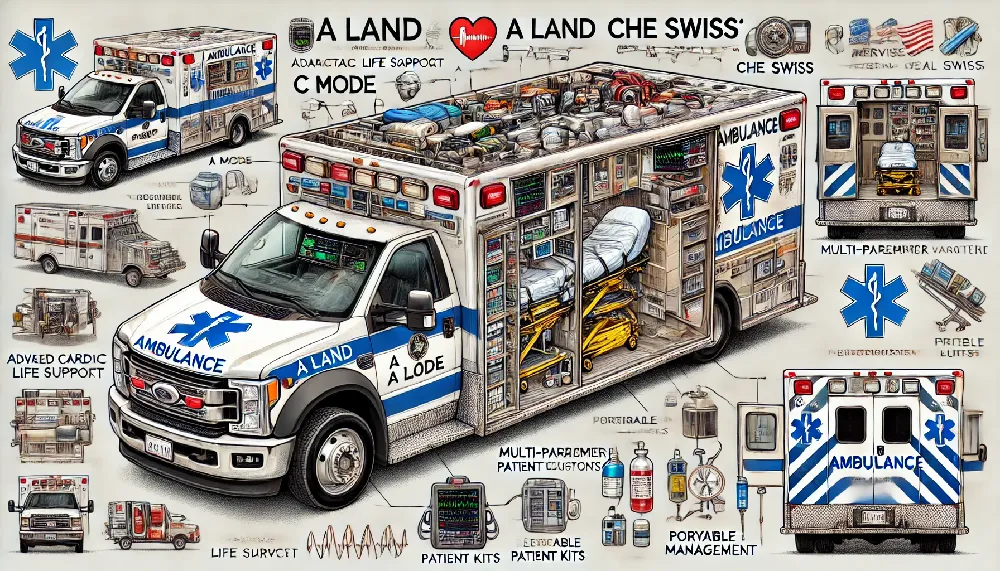
Authored by Dr. Pooyan Ghamari, PhD
Ambulance C Mode, often referred to as Critical Care Transport (CCT) Ambulance, is designed for the most critical patients who require continuous and complex medical care during transport. These ambulances are equipped with specialized medical equipment and staffed by highly trained critical care nurses and paramedics. This comprehensive guide explores the features, typical uses, advantages, limitations, and best practices for utilizing CCT ambulances.
Key Features of Ambulance C Mode
- Specialized Medical Equipment:
- Advanced Cardiac Life Support (ACLS) Equipment: Includes cardiac monitors, defibrillators, and intravenous infusion pumps.
- Mechanical Ventilators: For patients who require assisted breathing.
- Multi-Parameter Patient Monitors: To continuously monitor vital signs, including ECG, blood pressure, oxygen saturation, and end-tidal CO2.
- Specialized Medication Kits: Stocked with critical care drugs such as sedatives, vasopressors, and antiarrhythmics.
- Portable Lab Equipment: Includes devices for blood gas analysis and other critical diagnostics.
- Advanced Airway Management Tools: Such as fiber-optic laryngoscopes and portable suction units.
- Patient Transport Capabilities:
- Specialized Stretchers: Designed for stability and comfort, often with additional features such as hydraulic lift systems.
- Safety Belts and Restraints: To ensure the patient is secure during transport.
- Space for Multiple Staff: Ample room to accommodate critical care nurses, paramedics, and sometimes a physician.
- Seating for Attendants: Includes additional seating for family members or medical attendants.
- Communication Systems:
- Advanced Communication Equipment: Facilitates seamless coordination with hospital intensive care units (ICUs) and emergency dispatch centers.
- Telemedicine Capabilities: Allow for real-time consultation with specialists during transport.
- Safety and Comfort Features:
- Climate Control: Ensures a stable environment to maintain patient comfort and prevent complications.
- Lighting and Storage: Adequate lighting and storage compartments for medical supplies and equipment.
Common Applications of CCT Ambulances
- Inter-Facility Transfers: Transporting critically ill patients between hospitals, often for specialized treatments or surgical procedures.
- Post-Surgical Transfers: Moving patients who require intensive monitoring and care after surgery.
- Critical Care for Traumas: Providing advanced care and stabilization for patients with severe trauma during transport to trauma centers.
- Neonatal and Pediatric Intensive Care: Specialized transport for critically ill infants and children to pediatric intensive care units (PICUs).
Training for Critical Care Staff on CCT Ambulances
Critical care nurses and paramedics on CCT ambulances undergo rigorous training in several key areas:
- Advanced Cardiac Life Support (ACLS): For managing severe cardiac conditions.
- Critical Care Nursing: Specialized training in managing complex medical conditions, including multi-system organ failure.
- Mechanical Ventilation Management: Skills to operate and troubleshoot mechanical ventilators.
- Pharmacology: In-depth knowledge of critical care medications, including dosages and administration.
- Advanced Trauma Life Support (ATLS): For managing severe trauma cases.
- Telemedicine Technology: Training to utilize telemedicine equipment for real-time consultations.
Benefits of CCT Ambulances
- Comprehensive Medical Capabilities: Equipped with specialized life-saving equipment and a wide range of critical care medications.
- Highly Trained Staff: Staffed by critical care nurses and paramedics with advanced training and experience in managing critically ill patients.
- Continuous Monitoring and Care: Capable of providing continuous, high-level care during transport, ensuring patient stability and safety.
Limitations of CCT Ambulances
- Higher Operational Costs: Due to the advanced equipment and highly trained staff required.
- Limited Availability: CCT ambulances are less common and typically reserved for the most critical cases, which can affect availability.
Guidelines for Optimal Use of CCT Ambulances
- Assess the Patient’s Condition:
- Ensure the patient requires critical care transport and advanced medical intervention.
- Use multi-parameter monitors to evaluate and continuously track vital signs and condition.
- Effective Communication:
- Maintain regular communication with emergency dispatch centers and receiving hospital ICUs for updates and instructions.
- Utilize telemedicine capabilities for real-time consultation with specialists.
- Equipment Maintenance:
- Regularly inspect and maintain all specialized medical equipment to ensure functionality and readiness.
- Keep medication kits fully stocked and up to date, ensuring all drugs are within their expiry dates and ready for use.
- Patient Safety and Comfort:
- Secure the patient with safety belts and restraints during transport to prevent any movement that could worsen their condition.
- Maintain a stable climate within the ambulance to help reduce patient stress and complications.
- Provide necessary comfort measures, such as blankets or pillows, to enhance patient comfort during transport.
- Adherence to Protocols:
- Follow established procedures for patient assessment and transport, ensuring all steps are taken to provide the highest level of care.
- Ensure all critical care staff are familiar with and adhere to these procedures consistently, maintaining high standards of care.
Final Thoughts
Ambulance C Mode, or Critical Care Transport (CCT) Ambulance, is an essential component of emergency medical services for critically ill patients. By offering specialized care and safe transport, CCT ambulances play a crucial role in healthcare systems. Equipped with state-of-the-art medical tools and staffed by highly trained critical care nurses and paramedics, these ambulances ensure patients receive the highest level of care during transport. Proper use and maintenance of CCT ambulances, along with adherence to established guidelines, help achieve optimal patient outcomes and efficient emergency response.


